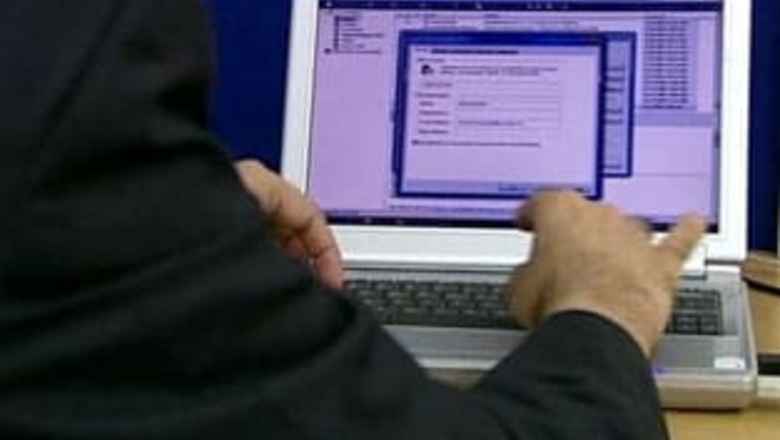
views
Wondering whether you should address your boss as "Sir" or just type a friendly "Hi" when you write an e-mail?
Or are you wondering whether you should mark all your bosses on CC, while sending an official mail to a colleague?
Just like every correspondence, e-mail communication too has certain guidelines. Take a look at what these are in an official workplace.
If you are applying for a position in a company, make sure you keep the following in mind:
1. Most organisations mention a subject line that you must stick to. This is done as most organisations filter the mails as per the positions. If not, use a subject line that will get the attention of the concerned person.
2. Mention the name of the concerned person while starting your covering letter. If not, you can start with Sir or Ma'am or even a mere 'Hello'.
3. The content of your letter should be crisp and to the point. Avoid terms like, 'To whomsoever it may concern', 'Kind Attention', Attached herewith', etc.
4. Do not use capitals where not required. On the Internet, words in the upper case translate as shouting.
5. Do not use the chat mode, SMS language or short forms of any kind. Remember, this is an official mail and you are applying for a job.
6. Use correct grammar, punctuations and be careful of sentence construction. Also, close your covering letter properly. You can say 'Thanks and Regards'. Avoid saying 'Yours Sincerely' and the like.
7. Avoid any symbols, images, icons, etc. They are a strict no-no for official e-mails. Also avoid any fancy or animated signature. Just adding your name is enough.
8. In the content, write a short paragraph about why you are right for the job and mention that you have attached your CV for reference. Also, mention your telephone number in the e-mail even if you have already mentioned it in your CV.
9. While attaching a document, ensure that the file is named correctly. For example, avoid attaching a file called 'Copy_CV_[1]' in the e-mail. Ideally, mention CV and your name as your file name.
10. Follow a format if mentioned. Some people may ask for a word file and some may specifically mention not to send attachments.
In this case, when you paste your CV, the indenting may vanish. So, make sure you re-format your document before you send it.
PAGE_BREAK
11. Ensure that you do not send a CC to anyone else but the concerned person. Do not forward or send your CV to multiple people in a single e-mail.
12. Ensure that your user id is not funky. It should ideally be your name, and if not, make sure you keep it simple.
13. If you are applying for a position of Copy Writer, you can be creative, but be careful that you do not go overboard. Being creative also tests your writing skills.
14. However, make sure you are not "creative" if you are applying for a corporate job
or a managerial position.
15. Do a virus scan of any attachment you send. You don't want your potential employer to be greeted with a virus while opening your resume.
16. Most importantly, make sure you don't send the wrong file as an attachment.
Guidelines for business e-mails
17. Just because you share good relations with your colleagues, you cannot be very casual and careless about your language while sending out official e-mails. Here are some things to remember:
18. Do not use unnecessary abbreviations in official e-mails.
19. Be careful about who you mark in the 'CC', especially if you are sending out some sensitive information.
20. If you receive an e-mail marked to several people asking the status on certain project, ensure that you reply to all as everyone would want to know it.
PAGE_BREAK
21. The language of the content depends on the interaction you have with your colleague or client. If he/she is casual you too respond accordingly, and be formal if the opposite person is so.
22. Maintain the 'thread of the conversation', that is, if someone has mailed you about something, use 'reply' instead of 'compose'. This will help you know the flow of the conversation.
23. If you have to answer several questions or points, reply by answering under each question and using a different colour for your answers as this would be easy for the recipient to understand your reply.
24. Send a 'CC' only to those who need it and not everyone on your mailing list.
25. Reply to the sender immediately after receiving an e-mail so the recipient would know that you have received his/her e-mail. If you cannot reply to the entire mail at that point of time, make sure you let them know that you will reply in detail at a certain time.
Never ever use your official e-mail for personal correspondence or receiving/sending out personal details. Remember, your official e-mail is meant only for official use and is likely to be monitored.
E-mail conversations have to be clear and there should not be any scope for misunderstanding. So, be careful about your language and be polite as all this also reflects your attitude.




















Comments
0 comment